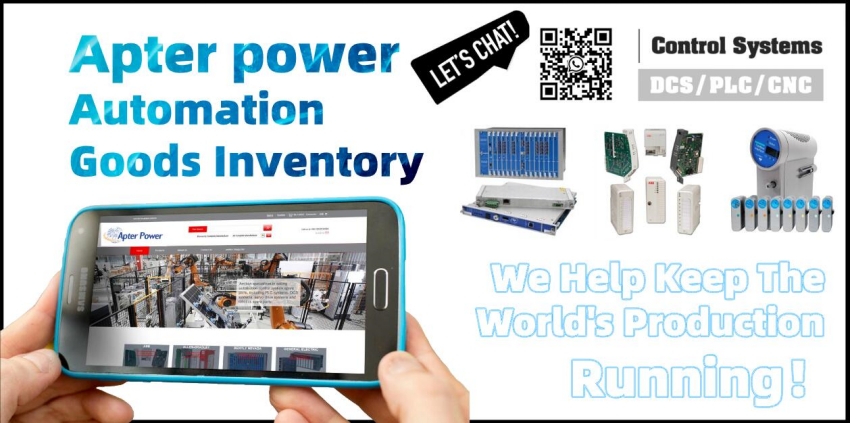PLCs started to be used in the late 1960s in automotive manufacturing and soon spread to other sectors
where continuous process is required, such as electronics assembly, food and beverage—for example in
bottling and packaging facilities—and the pharmaceutical industry.
PLCs were introduced to substitute hardware-based relay racks, which had the disadvantage of taking up
a lot of space, consuming massive amounts of electricity and being very expensive to set up and maintain.
In fact, before the introduction of PLCs, whenever the production process had to be modified thousands
of relays were manually re-wired, an expensive and time-consuming process.
The first PLC, the Modular Digital Controller (Modicon), allowed to replace manual rewiring with software
program changes. It was designed to be programmed in a ladder logic, which was similar to the diagrams
of relay logic it was replacing, making the transition from relays to PLCs easier to engineers and manufacturers.
PLCs started to be commonly used in industrial applications during the 1970s and early 1980s and since then
they have undergone substantial improvements. These include reduced size, expanded memory and increased
processing power. Today’s PLCs can be very powerful controllers and remain the basic building blocks for
small automation projects.

|
DS200TCQCG1AFC |
|
07BT62R1 |
|
IC693CPU364 |
We still have a lot of PLC/DCS/ESD/TSI automation spare parts module in stock, contact us quickly for prices.![]()
|
|
|
|
|
|
|
|
|
hu18030235311 |